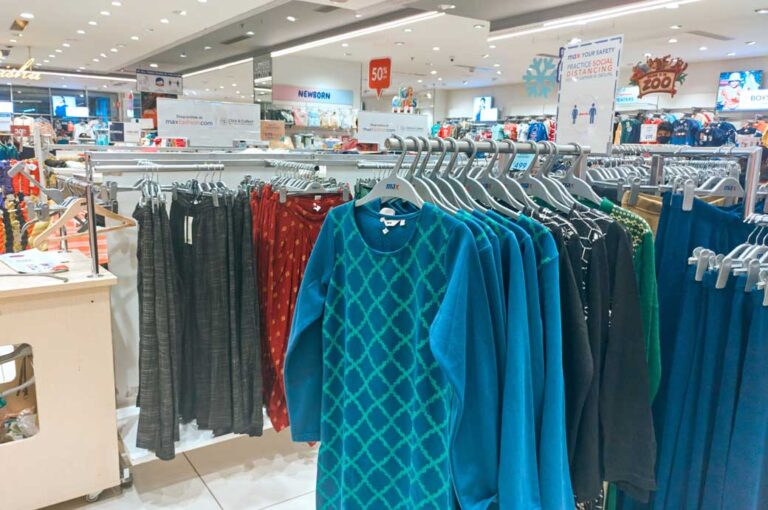
[ad_1]
Till Bangladesh graduates from the least developed country (LDC) status in 2026, the government should attract foreign investment in the MMF sector so that the country becomes a regional supply hub, Razzaque, an author of the study, said.
Bangladesh’s apparel exports will cross $95 billion by 2030 if the country can expand its share in the global market for man-made fibres (MMF) to 12 per cent from less than 5 per cent now, says a study by the Policy Research Institute, whose research director Mohammad Abdur Razzaque called for additional cash incentives for MMF apparel exports till 2026.
MMF apparel items accounted for $222 billion of the $440 billion global garments market last year, when cotton-based products contributed $190 billion. Almost half of all apparel exports worldwide are of MMF products, while 42 per cent are cotton-based garment items.
The scene is, however, opposite, in Bangladesh, where 72 per cent of the garment exports are cotton-based and just 24 per cent are MMF, the study found.
Of the total $42 billion apparel exports from Bangladesh in the last fiscal, $30 billion were cotton-based garments.
As China, the largest cotton apparel supplier now, has been losing its market share, Bangladesh, which now accounts for 16 per cent of all cotton apparel shipments worldwide, is poised to become the largest cotton-based garments exporter.
Global MMF apparel exports grew by 4 per cent while that of cotton-based items shrunk by 0.5 per cent annually between 2011 and 2019. Cotton apparel exports then fell by some 15 per cent in 2020, while MMF garment shipments saw robust growth of 8 per cent in 2021.
The share of MMF apparel exports from China increased from 37 per cent of the country’s total garment shipments in 2010 to 74 per cent in 2021.
Similarly, the share of MMF apparel shipments rose to 57 per cent from 38 per cent in Vietnam, 32 per cent from 15 per cent in India and 26 per cent from 13 per cent in Cambodia at the same time, Bangladeshi media reported citing the study.
The share of MMF garment exports from Bangladesh increased to 24 per cent from 18 per cent of the country’s apparel exports during the period, the study found.
Due to uncertainty in cotton production and supply, price comparability and advantages offered by these products like higher durability, water- and wrinkle-resistance, and colour retention, the global demand for MMF-based apparel items has been growing. There are environmental concerns as well.
Global fibre production stood at 109 million tonnes in 2020, when MMF accounted for 68 per cent (close to 80 million tonnes). MMF production worldwide is expected to reach about 110 million tonnes by 2030, when the market will be worth around $100 billion compared to $62.7 in 2021.
MMF comprises around 30 per cent of Bangladesh’s total fibre imports now, with China being the largest source.
Fibre2Fashion News Desk (DS)
[ad_2]
Source link